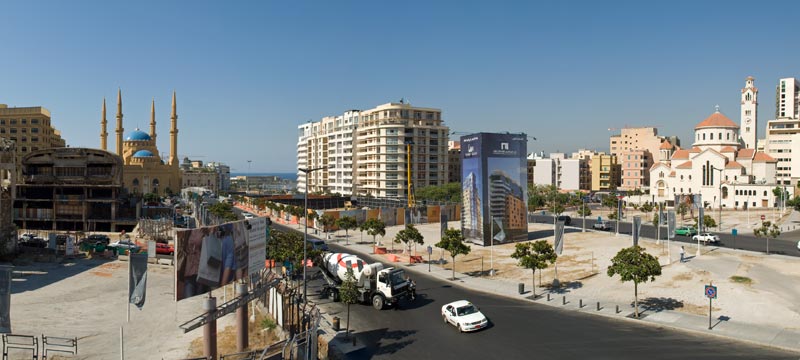BEIRUT CITY HISTORY MUSEUM
-
The project seeks to re-establish the historical role of Martyrs’ Square, including The Beirut City Museum and the Tell Site, as an unifying place and destination. The site appears as a continuous archeological excavation.
The Tell Site represents the ancient past. The Martyrs’ Square represents the recent past. Both are about Beirut’s history and memory. The continuity in-between is essential to the integrity of the whole scheme.
The concept is about one site and one vision, with the Beirut City Museum as a threshold in-between. The project seeks to re-establish the historical role of Martyrs’ Square, including The Beirut City Museum and the Tell Site, as an unifying place and destination. The site appears as a continuous archeological excavation.
The new Museum will be inhabiting the excavation, providing spaces dedicated to exhibitions and open to the exterior archeological park.
Permeability and transparency are crucial to preserve the view from the Martyrs’ Square axis towards the sea.
The created pedestrian-friendly area surrounding the Museum has a very important human and urban design dimension. As a natural extension of the Martyrs’ Square, a new public piazza open to the city will take place in front of the museum.
As part of Beirut’s history, the project seeks some navigation and nautical inspiration. Like a lighthouse or a lantern, a light cube of glass inhabits the heart of the project watching the sea, keeping an eye on the archeology.
Transparency, Luminosity, and Lightness will be used to achieve a very subtle relationship between Archeology, Nature and Technology with respect to the environment and the urban rules.
Countries: LEBANON
Categories:
Designer:
Status: WORK IN PROGRESS
Beginning of Construction: 2015
Completion Date: 2020
1870 Projects







